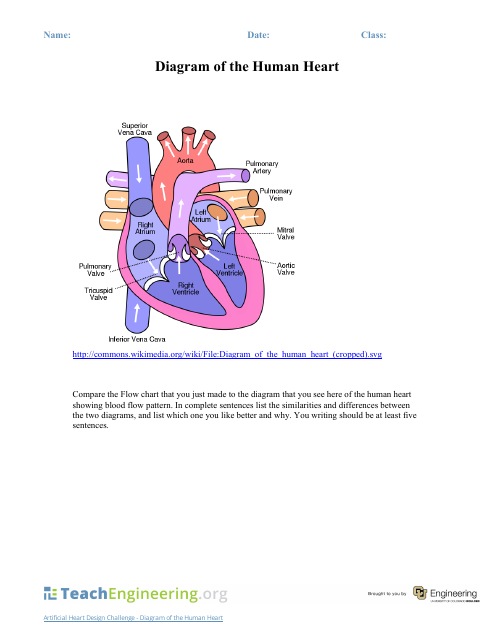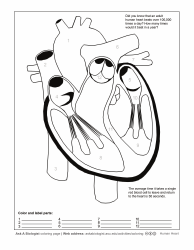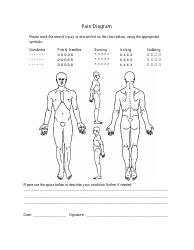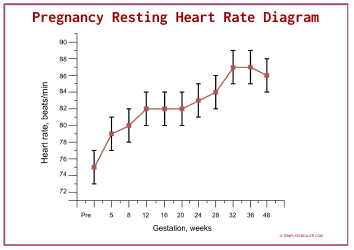Human Heart Diagram
A human heart diagram is used to visually represent the structure and different parts of the human heart. It helps in understanding and studying the anatomy of the heart.
FAQ
Q: What does a human heart diagram show?
A: A human heart diagram shows the different parts and structures of the heart.
Q: Why is a human heart diagram important?
A: A human heart diagram is important because it helps understand the anatomy and function of the heart.
Q: What are the main parts of a human heart diagram?
A: The main parts of a human heart diagram include the chambers (atria and ventricles), valves, and major blood vessels.
Q: What is the function of the human heart?
A: The function of the human heart is to pump blood throughout the body, supplying oxygen and nutrients to organs and tissues.
Q: How many chambers does the human heart have?
A: The human heart has four chambers: two atria and two ventricles.
Q: What is the purpose of heart valves?
A: Heart valves prevent the backflow of blood and ensure that blood flows in the correct direction.
Q: What are the major blood vessels attached to the human heart?
A: The major blood vessels attached to the human heart are the aorta, pulmonary artery, pulmonary veins, and vena cava.
Q: What is the size and location of the human heart?
A: The human heart is roughly the size of a fist and is located slightly to the left of the center of the chest.
Q: What can be learned from a human heart diagram?
A: A human heart diagram can help understand heart conditions, diseases, and how different treatments or interventions may work.





